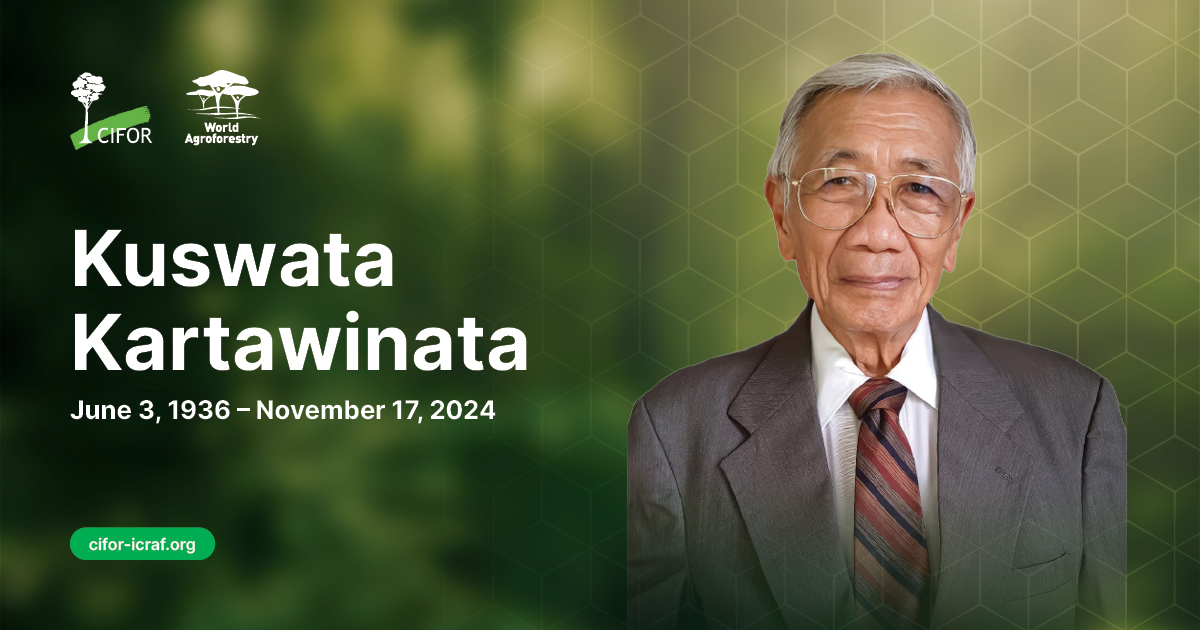Globally, community-based initiatives are effective in protecting ecosystems and the species within them. In this paper, we analyze the emergence and large-scale expansion of a community-based environmental protection system (the Voluntary Environmental Agents Program – VEA Program) in the Brazilian Amazon and identify factors that have determined its success since its inception, 25 years ago. Collective actions to protect the environment in the region have been undertaken by local people for at least 40 years, before their legal regulation in 2001 by the federal government of Brazil, and by the Amazonas state in 2007. The system is based on territorial surveillance and monitoring, and on guidelines for the better use of the territory and its natural resources. Between 1995 and 2020, the VEA Program expanded into the two protected areas where it was first implemented reaching approximately 9 thousand km2 of area protected by the system. The number of people participating also grew in this period by around 2050%, as did the participation of women, which grew by 5600%. The system was replicated in 37 protected areas in central Amazonia, and currently covers almost 200 thousand km2 of Amazon rainforest. From our analyses we unveil four main factors that may have allowed the VEA Program to expand and flourish: (a) the communities' previous demand for an effective control system, (b) its legal formalization and regulation, (c) the support from external institutions, and (d) the consolidation of community-based management programs to fund actions. These factors shall be further investigated as to confirm their critical role in the success of the VEA Program. We demonstrate that this community-based environmental protection system has established itself as a legitimate form of social control, and as a mechanism of socio-environmental governance in the areas in which it operates. By allowing more effective protection of territories, it generates consensus amongst users for the adequate management of natural resources, especially in contexts where government's actions are absent or inefficient. We claim that this system can be replicated in various parts of the world.
Download:
DOI:
https://doi.org/10.1016/j.jenvman.2021.112314
Altmetric score:
Dimensions Citation Count:

Publication year
2021
Authors
Franco, C.L.B.; El Bizri, H.R.; e Souza, P.R.; Fa, J.E.; Valsecchi, J.; de Sousa, I.S.; de Queiroz, H.L.
Language
English
Keywords
protected areas, community involvement, ecosystem management, local communities, landscape conservation, natural resource management, governance
Geographic
Brazil























